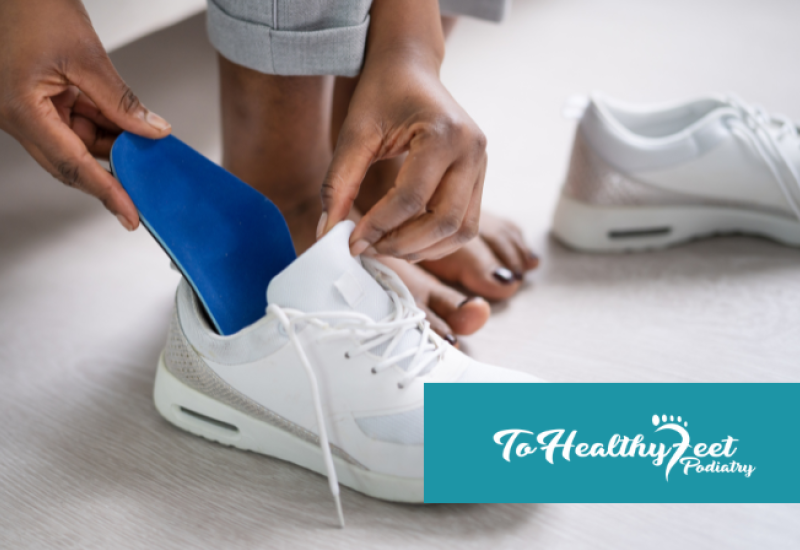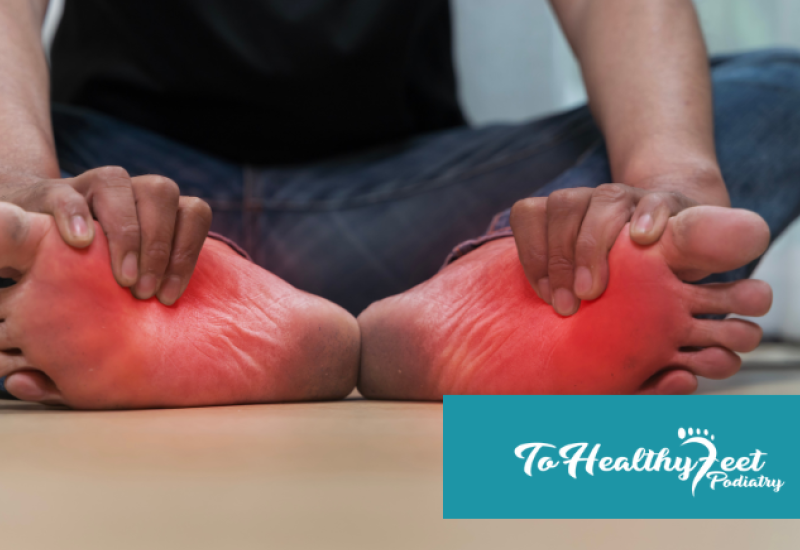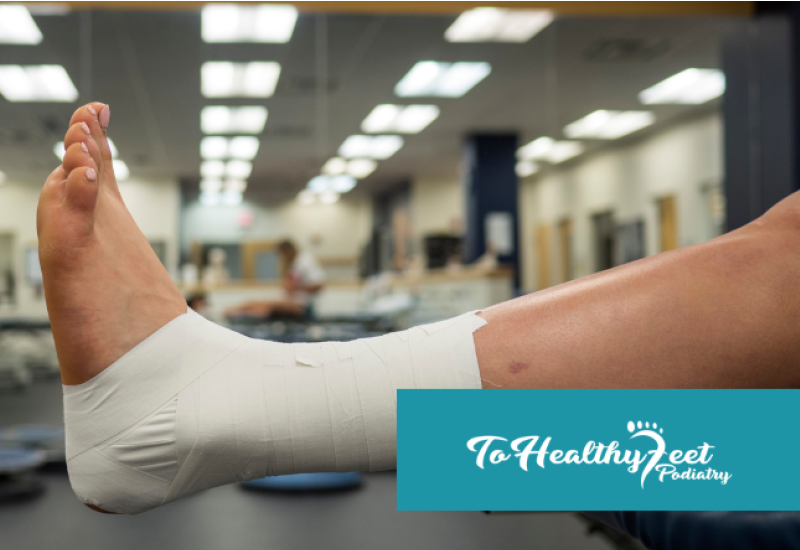Are you suffering from bunion pain? You don’t have to resort to bunion surgery! Here are some of the best tips from our NYC podiatrist on how to manage your bunions naturally.
A bunion is a prominent bone at the inside of the big toe, which is the result of a structural misalignment of the big toe joint. In addition to a lump, a bunion can also cause your big toe to point inward and overlap with the toe beside it.
Need Advice About Your Bunions? Our NYC Podiatrists Are Offering Telemedicine Services and Virtual Appointments to Help You Manage Your Foot/Ankle Problems
At To Healthy Feet, our NYC foot doctors are using telemedicine to provide you with virtual foot and ankle care through phone and video consultations. Whether you have foot pain, or you’re thinking about getting the process started for bunion surgery, we can help you with all your foot and ankle needs.
Want to know more?
3 Best Tips From Our NYC Podiatrist on How to Manage Bunions Naturally
Are you suffering from swelling or pain due to your bunion? While bunion surgery is an option, there are many less invasive treatments you can try first that will help you alleviate any of the symptoms of bunions and make you more comfortable.
Here are 3 of the best tips from our NYC podiatrist on how to manage your bunions:
1. Do Some Foot Exercises
There are some foot and ankle exercises that can help correct a muscle imbalance around the joint, which may be either a result of your bunion or the cause of it.
Our NYC foot doctors can provide you with some exercises to do at home, and they are typically broken down into 2 types:
- Muscle-strengthening: This will get and keep your joint in alignment
- Range of motion: This will help keep your joint supple and mobile
Some examples of foot exercises for bunions could include heel raises, curling the toes and toe spread outs.
2. Pain Medication
When your bunions become painful, oral or injected pain medications can alleviate your pain and lessen any inflammation. Some of these medications include:
- NSAIDs, such as Advil or Aleve
- Injection of corticosteroid medications
3. Foot Orthotics
Custom foot orthotics (shoe inserts) are another way your NYC podiatrist can help treat bunions. These provide structural support to your foot, which may improve foot alignment and limit bunion progression.
Taping and Padding: In addition to foot orthotics, padding (eg. a bunion pad) will help relieve any pressure and allow you to continue with your daily activities without pain. Tape can help keep your foot in a normal position.
4 BENEFITS OF CUSTOM ORTHOTICS
Bunion Surgery: What You Need to Know
The only method to truly correct a bunion involves bunion surgery, which includes structurally realigning the displaced bones. This procedure most often involves either:
- A bunion cut to realign the top or bottom portion of the bone
- Repositioning the entire bone through a bone mending/fusion procedure at the bottom of the deviated bone
Depending on the type of bunion surgery you have, you may need to wear a dressing or a brace for 6-12 weeks after the procedure. Some surgeries allow for immediate weight bearing afterwards, while for others you may need to use crutches.
Make sure you understand and follow your podiatrists instructions about the recovery process to ensure the safest and best results.
THE PROS AND CONS OF BUNION SURGERY
Our NYC Podiatrists Are Using Telemedicine to Help You Manage Your Bunion Pain During COVID-19
To find out more about our telehealth services, and how our NYC foot doctors can help you manage any foot/ankle problems you may have during this uncertain time, contact us at 917-398-3668 or fill in our online contact form.



